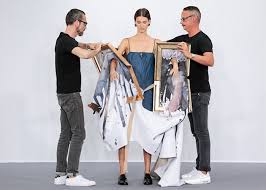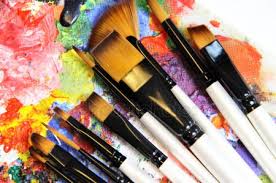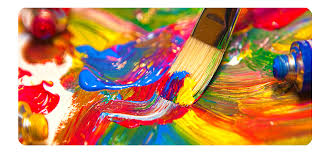phenomenon
HISTORY OF ORIGIN AND DEVELOPMENT OF ART OF ENAMEL (part 2)
 The Egyptian manner of performing jewelry was developed in the post-Dynastic period beyond the borders of Egypt. Ornaments from the burial of the wife of Pharaoh Amenemkhet from Meroe (Nubia) show that here as early as the 1st century AD the Egyptian technique of fixing the inserts has been preserved, albeit in a rougher form. In these decorations, instead of inserts, there are real molten enamels of the classic Egyptian palette. When making the found gold jewelry, the master lost sight of the fact that the volumetric shrinkage of molten enamel should be leveled with additional application and firing. The enamel plunged into the cells and resembles a modern cloisonne, rather than notched, enamel, carefully polished in one plane. Continue reading
The Egyptian manner of performing jewelry was developed in the post-Dynastic period beyond the borders of Egypt. Ornaments from the burial of the wife of Pharaoh Amenemkhet from Meroe (Nubia) show that here as early as the 1st century AD the Egyptian technique of fixing the inserts has been preserved, albeit in a rougher form. In these decorations, instead of inserts, there are real molten enamels of the classic Egyptian palette. When making the found gold jewelry, the master lost sight of the fact that the volumetric shrinkage of molten enamel should be leveled with additional application and firing. The enamel plunged into the cells and resembles a modern cloisonne, rather than notched, enamel, carefully polished in one plane. Continue reading


